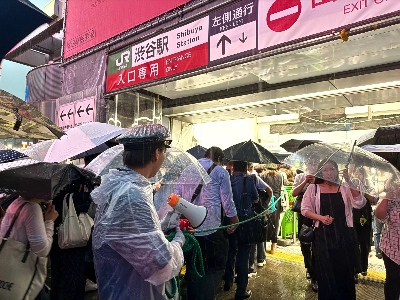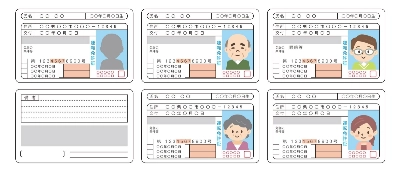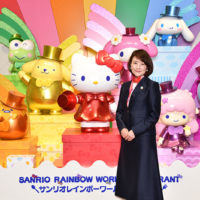This, explains Daisetsu T. Suzuki (1870-1966) in "Zen and Japanese Culture," is how Japan's most famous haiku came to be written:
Matsuo Basho (1644-94), samurai-born but a rootless wanderer most of his life, was a deep student of Zen. One day his Zen master Butcho paid him a visit at "home" — a "broken cottage" by the Sumida River in Edo (present-day Tokyo). "How are you getting on?" the master inquired.
"After the recent rain the moss has grown greener than ever," replied Basho.


















With your current subscription plan you can comment on stories. However, before writing your first comment, please create a display name in the Profile section of your subscriber account page.